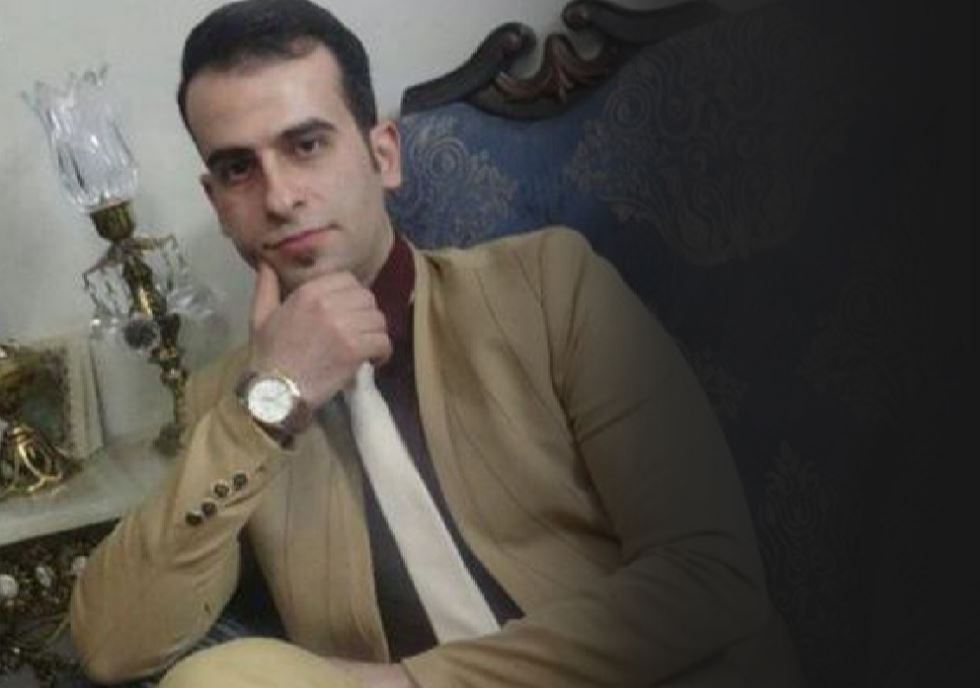The Iranian people have a message: we want our country back. As cities across Iran erupted in another round of nationwide protest against the Islamic republic, a young man named Reza Otadi joined his neighbours on the streets of Karaj, northwest of Tehran. They shouted “Death to the dictator!” and “Clerics get lost!”
Shortly after, he was identified by the regime’s domestic-security apparatus. On August 3, as he made his way home, regime security forces shot and killed him. He was 26.
We know only so much about Otadi. We know he was a shopkeeper and was engaged. We know from his Twitter profile he tweeted only once, on May 22: “#IranRegimeChange — for freedom, a better life, tranquillity, emotional and economic security, and laughter without stress.” In this resolute tweet, he captured the sentiments of an entire nation.
The protests in Iran are the latest chapter in an almost 40-year struggle. They are not just about economic grievances — “the price of eggs,” as some regime sympathisers have said. They are much broader in their scope and deeper in their objective than any single economic or social issue.
The national protest movement building in Iran recognises and decries the social, political and economic injustices of life under the Islamic republic. It understands them as symptoms of a single disease — the Islamic republic, both its ideology and its structure. The Iranian protest movement targets the disease, not merely its symptoms, whether corruption or repression. My compatriots seek to put an end to the Islamic republic not only because it is authoritarian, corrupt and incompetent, but because it is un-Iranian and anti-Iranian.
Read the article by Reza Pahlavi in The Australian.

